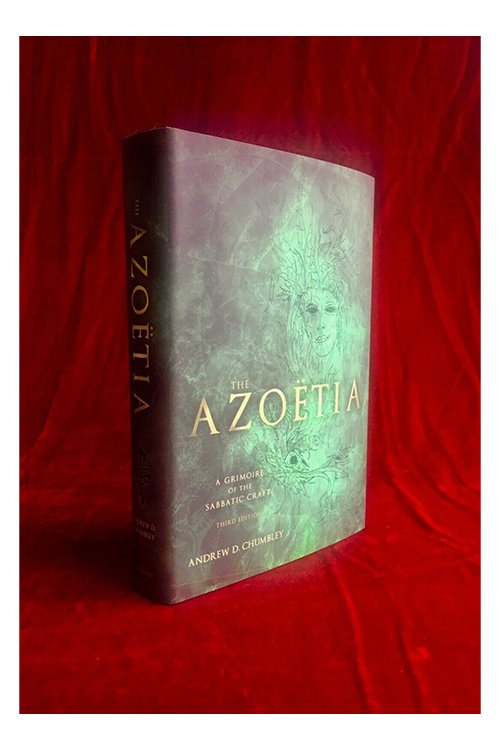
Aperi Circulus Draco
Codex Ad Limina marks a further expansion of themes addressed in Volume 2 of Book of the Black Dragon. In this volume the author delves into the role the Black Bull has as a totem for the sinistral horn daemon emissary.

Codex Ad Limina
Codex Ad Limina marks a further expansion of themes addressed in Volume 2 of Book of the Black Dragon. In this volume the author delves into the role the Black Bull has as a totem for the sinistral horn daemon emissary.

Codex Althaeban Malik
Codex Althaeban Malik is perhaps considered the most complicated book in the Black Dragon series so far. It addresses three primary issues, the idea of the Proklosis Ring as the open ground, the distribution of the first sorcerer’s name upon the ground as an emblem of intent, and the extending of points by using each letter to traverse lines of intersection as a way of communicating with the shadow of ourselves Althaeban Malik.

Torn Letters of Otherness
This first volume, borne from ideas that came to light while communicating with each other, looks at the notion of absence and the first word to be spoken: the alogos. Largely in response to the work of Chumbley and Azoetia, the first word is commonly referred to as the announcement of Self: I.

The Book of Q’ab iTz
The Book of Q’ab iTz appears as the vessel for the sorcerer, for contained within is the evidence of a practitioner who has dedicated the past few years to the arte magical.

The Leaper Between
Known to rural folk magicians and secret societies such as the Society of the Horseman's Word, the exacting ritual of killing a toad to obtain the bone of power has been documented in various forms and cultural milieus for two millennia, though its origin is likely far older.

Opuscula Magica Volume 2
Opuscula Volume Two contains ten essays written between 1992 and 2000, including one previously unpublished. Expanding upon themes developed in Opuscula Volume I, the book also treats Crooked Path Sorcery, a transcendental ethos of traditional witchcraft having parallels in such traditions as Petro Voudon.

Opuscula Magica Volume 1
Opuscula Volume One contains nine essays written between 1990 and 2003, including one previously unpublished. This volume also includes an Author’s Introduction never before published, as well as an expanded version of the interview with Chumbley in The Cauldron. The essays reflect a degree of magical insight, clarity of vision, and creativity seldom equaled in occult writing to this day.


The Dragon-Book of Essex
This substantial work expounds the sorcerous ethos and praxes of the Crooked Path ritual system. Its contents include a cycle of ten extensive Mystery-rites, each accompanied by adjunctive solitary rituals and detailed commentaries.

The Azoëtia
Azoëtia or ‘The Book of the Magical Quintessence’ has become one of the most sought-after new magical works of our time and may be regarded as the foundation text of the Sabbatic Craft Tradition.
